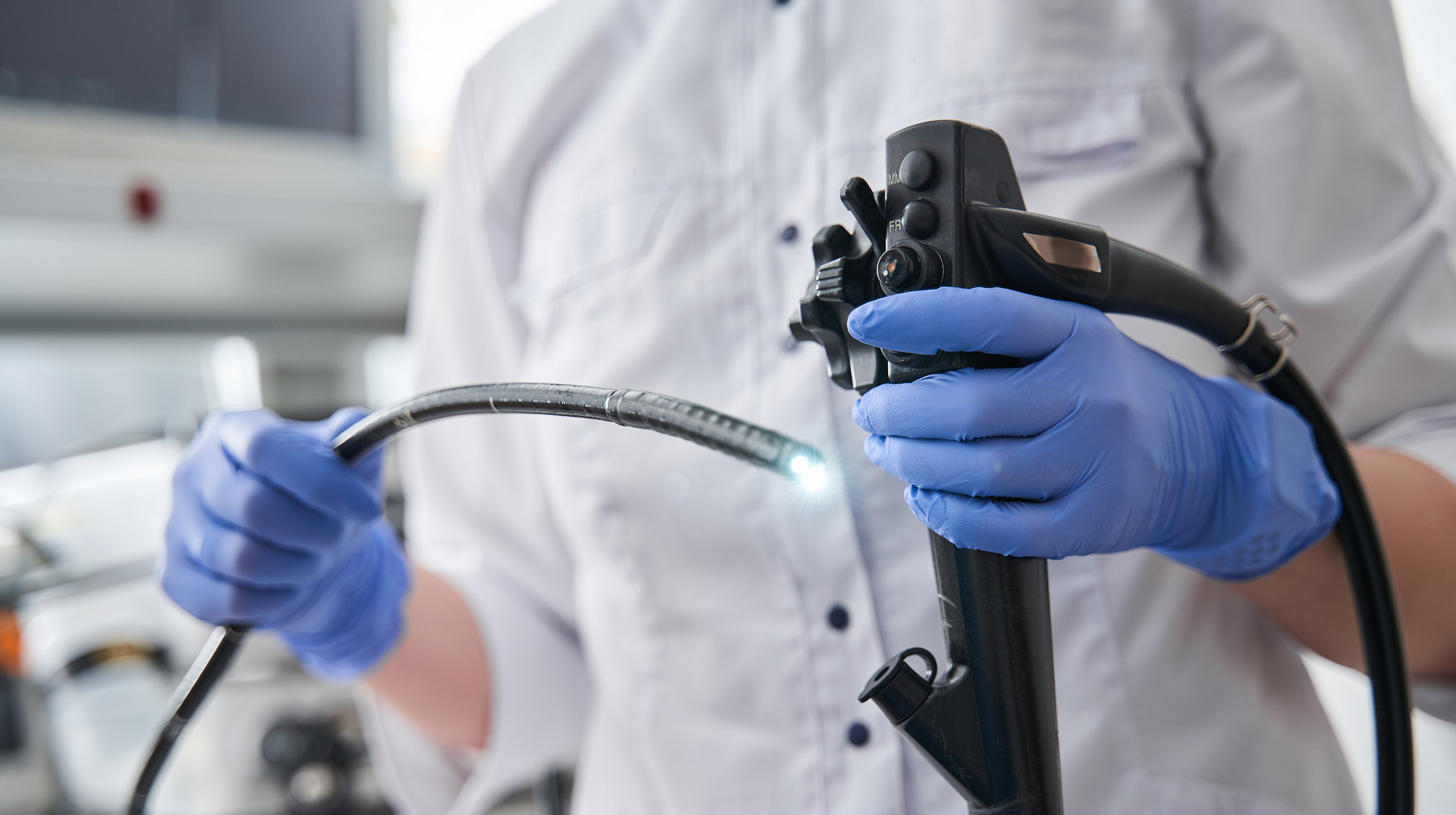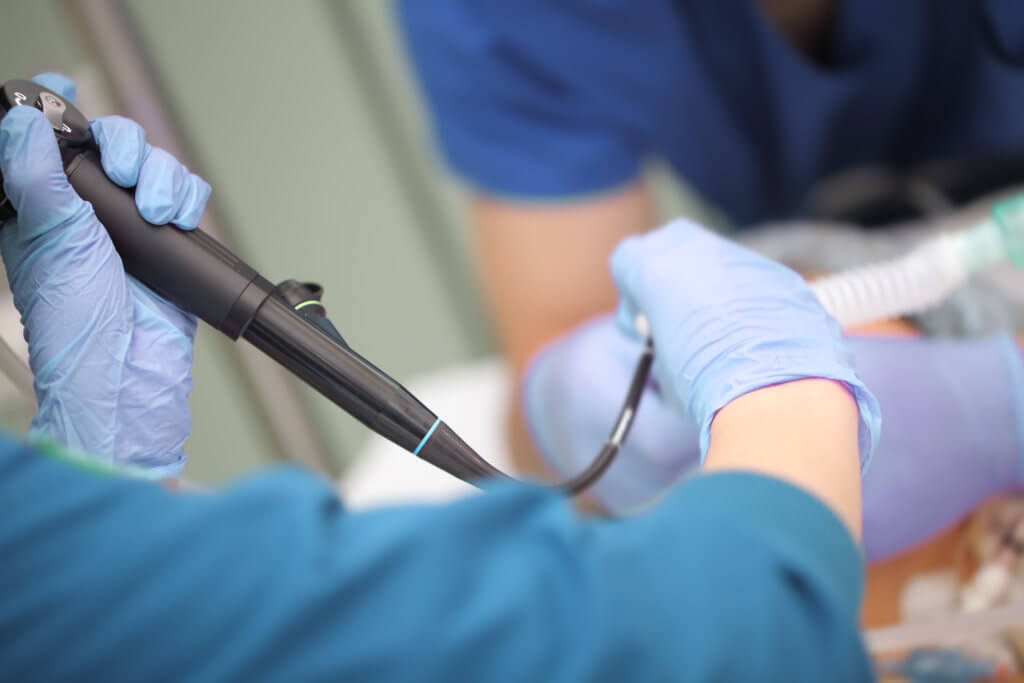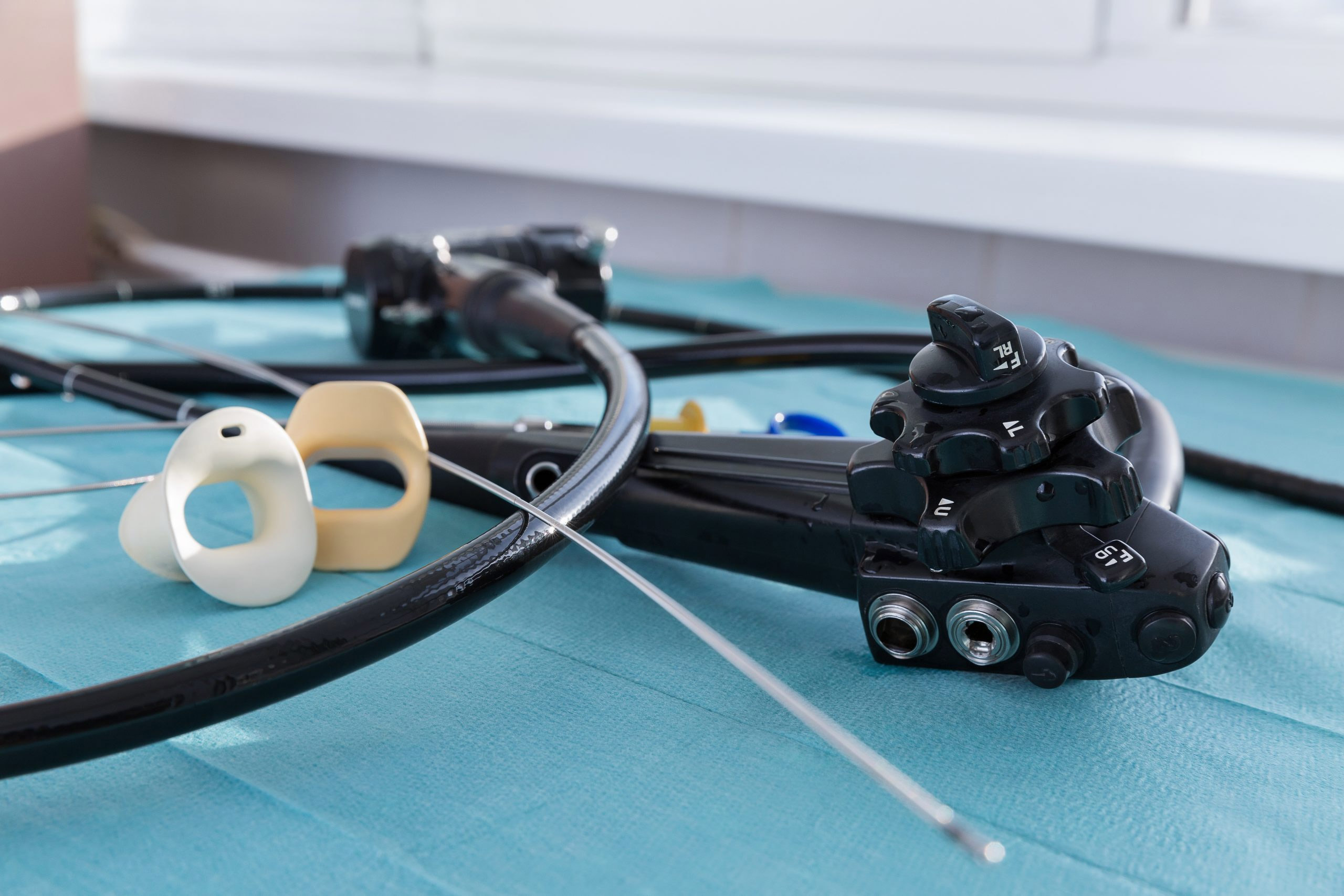"Endoscopes are treated as “disposable instruments,” with ownership costs hidden in capital accounts, expensive service contracts and capitated repair agreements."
February 28, 2024
by Charlie Lewis
Buying and owning medical instruments, including reusable endoscopes, is expensive, and hospitals could better spend those resources to improve patient care and launch new service lines.
So says Kevin Liszewski, a medical device repair company CEO,
in a column he authored for MedCity News. The challenge with endoscopes is that they’re not treated as “important assets” — carefully managed and protected, he writes.
Instead, Liszewski says, endoscopes are treated as “disposable instruments,” with ownership costs hidden in capital accounts, expensive service contracts and capitated repair agreements. Once the terms of the service contract are exceeded, hospitals pay for extra services and repairs — or end up purchasing a new instrument even if the original can be fixed, he says.
Indeed, that calculation — the high percentage of “unrepairable” endoscopes and other medical instruments sent in to be fixed — is why a new approach is needed, Liszewski adds. This is why he advocates instituting several steps in how medical instruments are treated. They include ensuring that reprocessing staffers and other technicians are properly trained in instrument handling so they don’t cause inadvertent — and expensive — damage.
Laszewski’s
company specializes in medical device services, with a focus on device lifecycle management, including endoscopes.
Click here for much more from Liszewski.
Not addressed in his analysis but also worth considering is the single-use option. Flexible endoscopes that are used once and discarded enhance patient safety by reducing the risk of cross-contamination, while also eliminating the need for reprocessing and costly service and repair contracts.
Here’s a deep dive exploring how single-use is a cost-effective solution when all the benefits are considered, including streamlining operations, improving workflow and efficiency, and reducing cross-contamination and patient infection risk.
Related Articles
Calculating Repair Rates and Costs for Reusable Flexible Ureteroscopes



